Mostra eventi che iniziano tra 08:00 – 20:00
Cerca
Prossimi eventi
Caricamento degli eventi
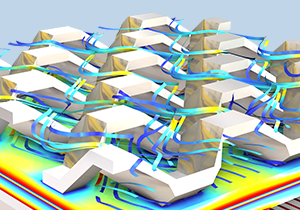
gen 7
| 08:00 CET
Solving Large Models in COMSOL Multiphysics®
COMSOL
Webinar
Online

gen 9
| 11:00 EST
COMSOL Day: Version 6.3
COMSOL
COMSOL Day
Online

gen 10
| 08:30 CET
Tutte le novità di COMSOL Multiphysics® 6.3
COMSOL
Webinar
Online

gen 14–17
| 11:00 EST
Introduction to COMSOL Multiphysics®
COMSOL
Formazione
Online

gen 14
| 11:30 EST
The Basics of COMSOL Multiphysics® in 18 Minutes
COMSOL
Webinar
Online
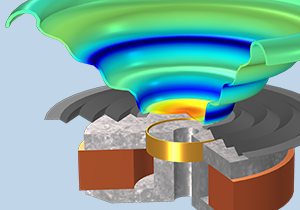
gen 21
| 08:00 GMT
Introduction to Acoustics Modeling
COMSOL
Webinar
Online
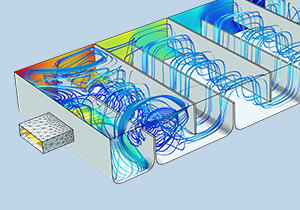
gen 21–24
| 11:00 EST
CFD Modeling in COMSOL Multiphysics®
COMSOL
Formazione
Online

gen 21
| 11:00 EST
Electric Discharge Modeling
COMSOL
Webinar
Online

gen 23
| 14:00 EST
Modeling Optical Nanostructures with COMSOL Multiphysics®
Laser Focus World
Webinar
Online

gen 28–31
| 11:00 EST
Structural Mechanics Modeling in COMSOL Multiphysics®
COMSOL
Formazione
Online
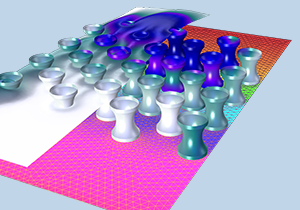
gen 29
| 09:00 GMT
Modeling Biochemical Sensors and Testing Devices with COMSOL®
COMSOL
Webinar
Online
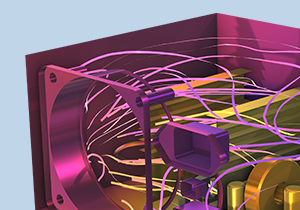
gen 30
| 08:30 CET
Simulare il comportamento termico di dispositivi e processi
COMSOL
Webinar
Online

feb 4
| 08:00 CET
Simulation Apps & Digital Twins for the Renewable Energy Industry
COMSOL
Webinar
Online

feb 11
| 08:30 CET
Innovare le tecnologie dell'idrogeno con la simulazione
COMSOL
Webinar
Online

feb 11–14
| 11:00 EST
AC/DC Modeling in COMSOL Multiphysics®
COMSOL
Formazione
Online

feb 13
| 14:00 EST
Modeling Electric Discharges
IEEE Spectrum
Webinar
Online

feb 18
| 08:00 CET
Electric Discharge Modeling
COMSOL
Webinar
Online

mar 4
| 08:00 CET
Heat Transfer Modeling with COMSOL® in 18 Minutes
COMSOL
Webinar
Online

mar 4–7
| 11:00 EST
Introduction to COMSOL Multiphysics®
COMSOL
Formazione
Online

mar 11–14
| 11:00 EST
RF Modeling in COMSOL Multiphysics®
COMSOL
Formazione
Online

mar 18
| 09:00 GMT
CFD Modeling with COMSOL® in 18 Minutes
COMSOL
Webinar
Online

mar 25–28
| 11:00 EST
Heat Transfer Modeling in COMSOL Multiphysics®
COMSOL
Formazione
Online
Visualizzati 8 eventi su 22
Visualizzati 22 eventi su 22
Webinar on demand

Multiphysics Fracture Mechanics with COMSOL Multiphysics® in 18 minutes
Webinar
Dec 12

Models for Transport and Chemistry in CVD Reactors
Webinar
Dec 05

Simulazione elettromagnetica di circuiti stampati (PCB)
Webinar
Dec 04
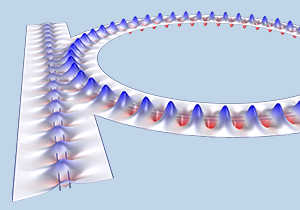
Modeling Nanophotonic Applications with COMSOL Multiphysics®
Webinar
Nov 28
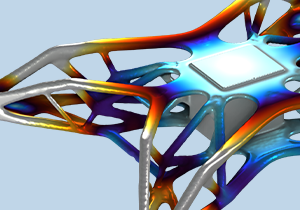
Design Optimisation for Engineering Problems
Webinar
Nov 27

Modeling Shape Memory Alloys and Triboelectric Nanogenerators with COMSOL Multiphysics®
Webinar
Nov 21
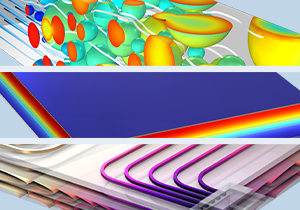
Progettare batterie all'avanguardia con la simulazione
Webinar
Nov 20

Introducing COMSOL Multiphysics® Version 6.3
Webinar
Nov 20

Improving Thermal Management of Batteries with COMSOL Multiphysics®
Webinar
Nov 19

Battery Modeling with COMSOL Multiphysics®
Webinar
Nov 14

Modeling Cables & Power Electronics
Webinar
Nov 13

Improving the Manufacturing of Semiconductors with Multiphysics Simulation
Webinar
Nov 07
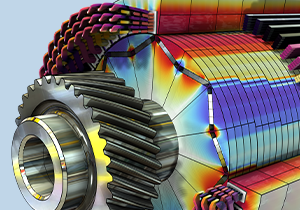
Advancements in Simulation for EV Motors
Webinar
Nov 06

Multiphysics Modeling of Electrical Motors
Webinar
Oct 31

Modelling the Thermomechanical Behaviour of Glass Materials
Webinar
Oct 23

Fatigue and Durability Analysis using COMSOL Multiphysics®
Webinar
Oct 23

Multiphysics Modeling of Manufacturing Processes Using COMSOL®
Webinar
Oct 17

Simulating Electromagnetic Metamaterials in COMSOL Multiphysics®
Webinar
Oct 15

Modeling Thermal Runaway and Abuse in Batteries
Webinar
Oct 15

Modeling Reaction Kinetics and Pharmacokinetics with COMSOL®
Webinar
Oct 02

Simulating Electronics Packaging and Testing
Webinar
Sep 26

Electromagnetics Simulation of Printed Circuit Boards in COMSOL Multiphysics®
Webinar
Sep 26

Simulating Droplet Flow in Wearable Sweat Collection Patches
Webinar
Sep 25

Progettare tecnologie per l'energia solare
Webinar
Sep 24

Designing Electric Motors and Drivetrains with Multiphysics Simulation
Webinar
Sep 20
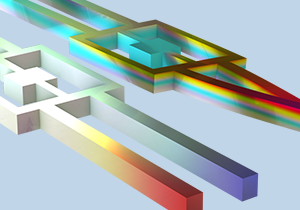
Modeling and Simulation of MEMS Devices
Webinar
Sep 19
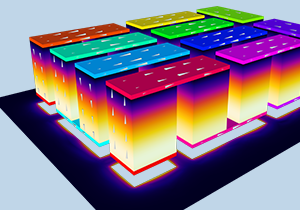
Equation-Based Modeling with COMSOL Multiphysics®
Webinar
Sep 18

Thermal Management in Electronic Devices with COMSOL Multiphysics®
Webinar
Sep 18

Battery Modeling with COMSOL Multiphysics®
Webinar
Sep 17
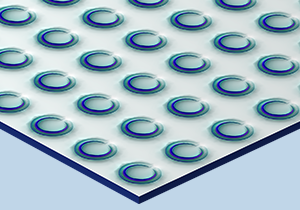
Simulating Plasmonics and Metamaterials
Webinar
Sep 12

Risolvere modelli di grandi dimensioni con COMSOL Multiphysics®
Webinar
Sep 11

Using Modeling and Simulation for Innovation in Medtech
Webinar
Sep 04

Modeling and Simulation of Electrodeposition Cells
Webinar
Aug 29

Designing Batteries with Modeling and Simulation
Webinar
Aug 28
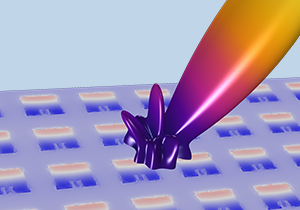
Multiphysics Modeling and Simulation for 5G Devices
Webinar
Aug 27
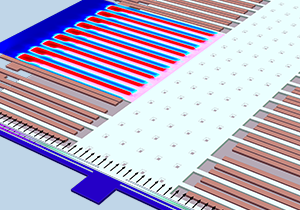
Modeling Low-Frequency Accelerometers Using COMSOL Multiphysics®
Webinar
Aug 22

Modeling Hydrogen Production, Storage and Utilization
Webinar
Aug 21

The Basics of COMSOL Multiphysics® in 18 Minutes
Webinar
Aug 20

Modeling Electric Motors and Drivetrains
Webinar
Aug 20

Thermal Health Monitoring for the Built Environment: Accelerating Product Development with COMSOL
Webinar
Aug 15

Phased Array Antenna Modeling with COMSOL Multiphysics®
Webinar
Aug 13

Virtual Hydrogen Lab: Computational Predictions of Hydrogen Uptake, Diffusion, and Embrittlement
Webinar
Aug 08

Modeling Fluid-Structure Interaction with COMSOL Multiphysics®
Webinar
Jul 30

Multiphysics Simulation to Improve Design of Renewable Energy Production
Webinar
Jul 25
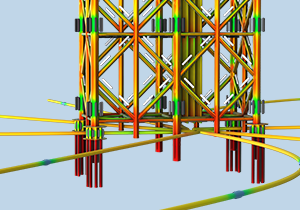
Multiphysics Simulation for Oil & Gas Processing
Webinar
Jul 19

Modeling Hydrogels and Swollen Elastomers in COMSOL Multiphysics®
Webinar
Jul 18

Modeling Hydrogen Fuel Cells and Electrolyzers
Webinar
Jul 17

Modeling Magnetostrictive Material-Based Energy Harvesting Devices
Webinar
Jul 17
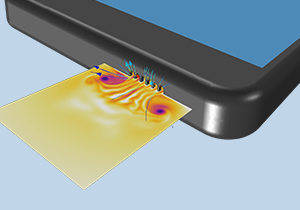
I nuovi orizzonti della simulazione acustica
Webinar
Jul 04

Multiphysics Simulation for Solar Energy Applications
Webinar
Jul 04
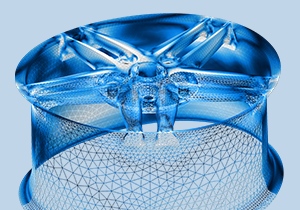
Lightweighting in EVs with Multiphysics Simulation
Webinar
Jun 27
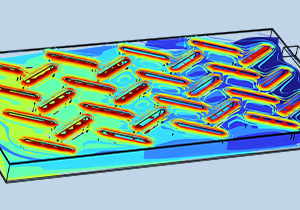
Optimizing Solar Collectors Using COMSOL Multiphysics®
Webinar
Jun 27
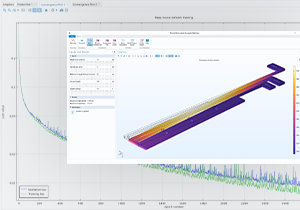
The Democratization of Multiphysics Simulation
Webinar
Jun 26

Performing Fatigue and Durability Analysis Using COMSOL Multiphysics®
Webinar
Jun 26

Simulare fenomeni termomeccanici
Webinar
Jun 18
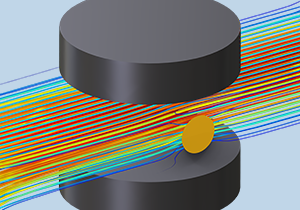
Simulating Current-Driven Magnetohydrodynamic Flows Using COMSOL Multiphysics®
Webinar
Jun 18

Thermal Modeling of Lasers in Manufacturing Processes
Webinar
Jun 13

Driving Innovation in EV Battery Design with Multiphysics Simulation Tools
Webinar
Jun 13

Modeling MEMS Accelerometers Using COMSOL Multiphysics®
Webinar
Jun 06

Multiphysics modelling of photonic devices with COMSOL
Webinar
Jun 06

Modeling Corrosion and Corrosion Protection Systems with COMSOL Multiphysics®
Webinar
May 30
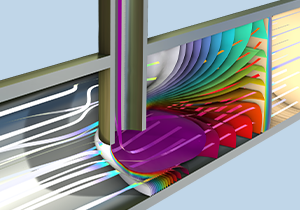
Modeling Pharmaceutical Processes with COMSOL Multiphysics®
Webinar
May 29

Modeling Electric Motors and Drivetrains
Webinar
May 22
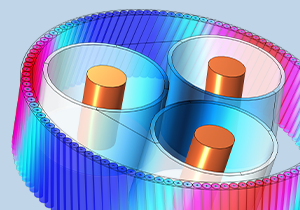
Modeling Cable Design & Power Electronics
Webinar
May 21

Digital twin e modelli surrogati: un passo verso il futuro
Webinar
May 21

Pioneering Sustainable Solar Technologies with COMSOL Multiphysics®
Webinar
May 21

Modellare e gestire geometrie complesse
Webinar
May 16

The Basics of COMSOL Multiphysics® in 18 Minutes
Webinar
May 07

Simulating Thermal Effects in Power Electronics
Webinar
May 07

The Thermal Parameterisation and Modelling of Lithium-ion Batteries
Webinar
May 02

Designing a Novel Multimodal Piezoelectric Energy Harvester Using COMSOL Multiphysics®
Webinar
Apr 25
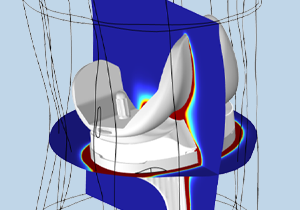
Electromagnetic Heating Simulation – Emerging Medical Applications
Webinar
Apr 24

Modeling Antennas and Wireless Charging for Electronic Devices with COMSOL Multiphysics®
Webinar
Apr 24

Battery Modeling Using Multiphysics Simulation
Webinar
Apr 23
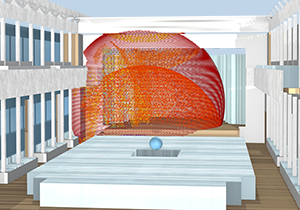
Modeling Room Acoustics with COMSOL Multiphysics®
Webinar
Apr 18

Additive manufacturing e simulazione: la chiave per l'innovazione
Webinar
Apr 17

STOP Analysis with COMSOL Multiphysics®
Webinar
Apr 11

Acoustics Simulation for the Automotive Industry
Webinar
Apr 11
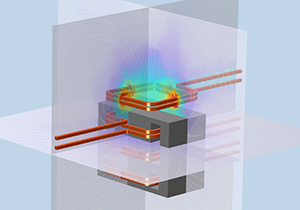
Modeling and Simulation of Power Electronics
Webinar
Mar 28

Advancing Future Energy Storage and Conversion Technologies with Simulation
Webinar
Mar 28

Modeling Optical Nanostructures with COMSOL Multiphysics®
Webinar
Mar 21

Progettare motori elettrici più efficienti con la simulazione
Webinar
Mar 21

Modeling Thermal Runaway and Abuse in Batteries
Webinar
Mar 21
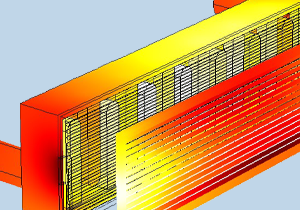
Designing RF Launchers for Nuclear Applications using COMSOL Multiphysics®
Webinar
Mar 20

Modeling Corrosion using COMSOL Multiphysics®
Webinar
Mar 15

Multiphysics Modeling of Electrical Motors
Webinar
Mar 14

Training Surrogate Models to Build Faster Simulation Apps
Webinar
Feb 29

Simulare le tecnologie dell'idrogeno: dagli elettrolizzatori alle fuel cell
Webinar
Feb 20
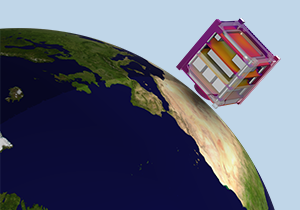
Analyzing Spacecraft Thermal Performance with COMSOL®
Webinar
Feb 15

Parameter Estimation for Nonlinear Materials
Webinar
Feb 08

The Basics of COMSOL Multiphysics® in 18 Minutes
Webinar
Feb 06

Simulare fenomeni di convezione
Webinar
Jan 30
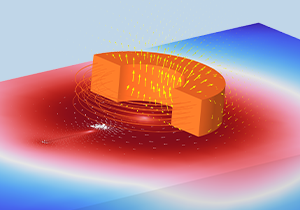
Modeling Eddy Current Inductive Sensors in COMSOL®
Webinar
Jan 25

Multiphysics Simulation for Solar Energy Applications
Webinar
Jan 18
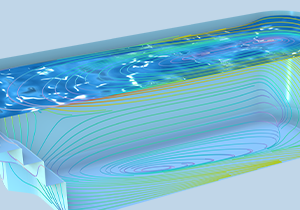
Cosa c'è di nuovo in COMSOL Multiphysics® 6.2
Webinar
Jan 16

Improving Electric Drivetrain Efficiency with Multiphysics Simulation
Webinar
Dec 15
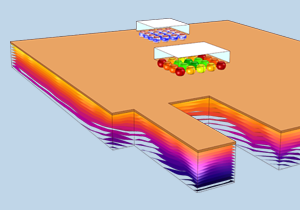
Best Practices for Results and Visualization
Webinar
Jan 18
Visualizzati 6 eventi su 97
Visualizzati 97 eventi su 97
- Informazioni sui Prodotti
- Prodotti
- Tabella delle Funzionalità
- Tipologie di Licenze
- Requisiti di Sistema
- Cronologia delle Release
- La Società
- Chi è COMSOL
- Lavora con noi
- Stampa
- Contatti
- |
- Privacy Policy
- |
- Trademarks
- |
- Cookie Settings
- © 2024 da COMSOL. Tutti i diritti sono riservati
